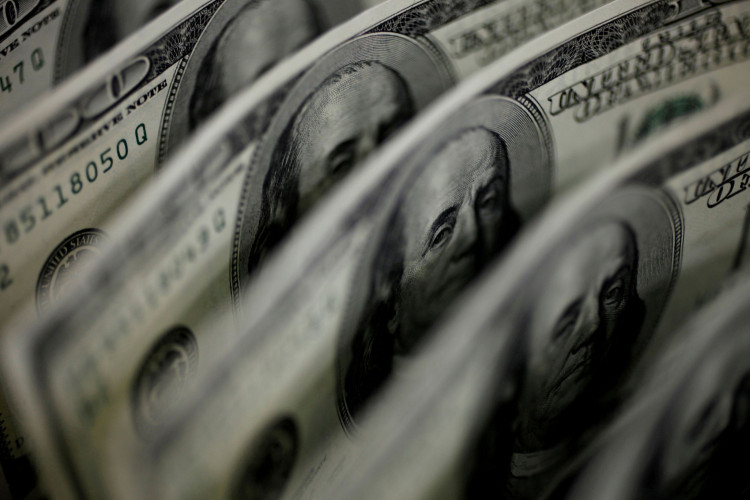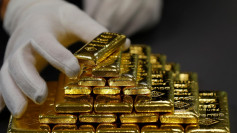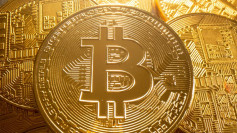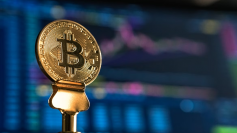Brought on by disappointing U.S. CPI figures, expectations of a Federal Reserve interest rate hike have cooled off, resulting in a continued decline for the U.S. dollar, hitting a recent low point.
On Wednesday, the Dollar Index dropped below 101, plunging to 100.44, marking its lowest level in over a year and recording its most substantial single-day decline since January of this year.
Earlier in the day, data from the U.S. Bureau of Labor Statistics suggested a more significant-than-expected cooling in U.S. inflation. The CPI (Consumer Price Index) for June fell to a rise of 3% year on year, down from 4% in May and below the expected 3.1%. This decrease marks the 12th consecutive month of declines and the lowest point since March 2021. On a monthly basis, the CPI rose by 0.2%, slightly above the previous value of 0.1% but below the predicted 0.3%.
After the report's release, all non-U.S. currencies surged. The offshore yuan rallied past 7.16 to settle at 7.1646, reaching its highest level since June 20.
The euro rose against the dollar by over 1.1%, breaching 1.11, hitting its highest level since March of last year.
The Swiss franc exchange rate reached its highest level against the dollar since 2015.
The yen-to-dollar exchange rate climbed by more than 1%, breaking the 140 threshold for the first time in a month.
Market analysts believe that the below-expectation CPI data offer new evidence supporting the notion that the Federal Reserve is nearing the end of its cycle of interest rate hikes.
Simon Harvey, the head of forex analysis at Monex Europe, suggested:
The softened core inflation data released today bolstered our baseline assumption and the market's preliminary interpretation of the Fed's last rate decision, indicating that the Fed could only hike rates once more in this cycle.
The inflation report has caused the dollar to extend its decline following the employment report's release, with currencies such as the Norwegian krone, Swedish krone, and yen, which are severely undervalued and sensitive to U.S. bond yields, continuing to fall against the dollar.
According to Nomura strategist Jordan Rochester, Wall Street is becoming more confident that the Fed will end its interest rate hikes in July:
Anti-inflation is currently the theme. The idea of ending rate hikes in July might gain more trust on Wall Street.
As the core CPI data surprisingly trended downward, this idea is becoming increasingly clear.
Despite this, U.S. interest rate futures still show that the majority of traders expect the Fed to raise policy interest rates by 25 basis points to a range of 5.25%-5.5% at its meeting on July 25-26. However, the chances of another rate hike before year-end are now about 25%, down from about 35% before the report was released.






